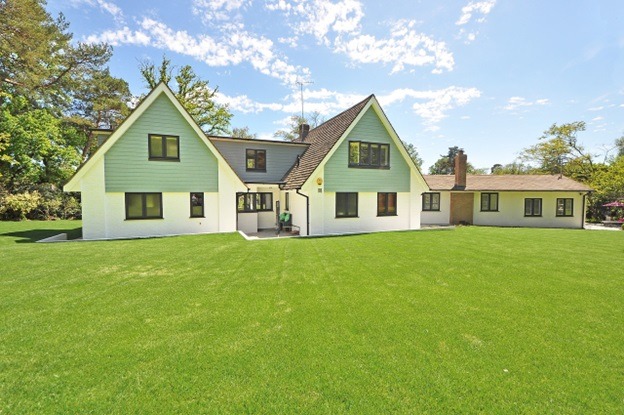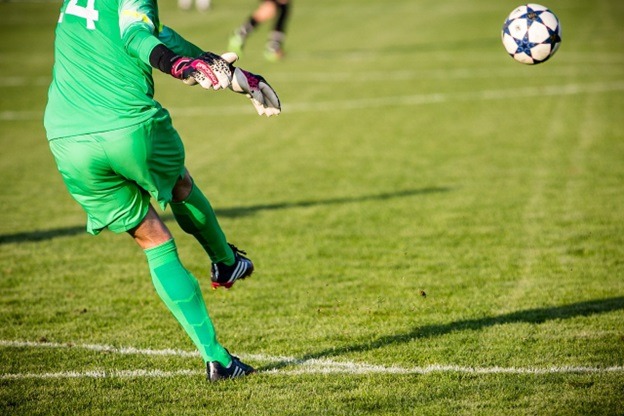Artificial grass is a surface made from artificial fibers that imitates the look and feel of natural grass. While most often used in fields where sports are performed on grass, it has become a popular option for housing lawns and business applications. If you’re considering installing artificial grass in your yard, learn about the pros and cons of synthetic turf before making your final decision.
Don’t hesitate to learn more by checking out gold coast turf suppliers.
Synthetic grass is made of plastic
Synthetic grass is a type of grass made from recycled plastic. The fibers are created through the plastic extrusion process, which involves using high temperatures and pressure. This binds the fibers together, making them look and feel like real grass (www.madehow.com/ArtificialTurf). This material was originally developed after years of research on natural grasses. These days, artificial grass is more realistic and beautiful than ever before.
The main benefits of artificial grass include its low maintenance and durability. It doesn’t require watering and does not break easily, which makes it the perfect lawn material. Using synthetic grass also saves thousands of gallons of water each year. Moreover, it doesn’t attract outdoor pests, which are often attracted to natural grass.
The synthetic grass industry has been criticized for its lack of responsibility for the disposal of its waste. Many states don’t require the manufacturers of artificial turf to disclose how they dispose of their waste. However, in the U.S, there are currently around 12,000 fields with synthetic grass, and about 1,200 to 1,500 new installations every year.
It is made of recycled rubber
The infill for new artificial turf is usually recycled tires. This type of rubber infill adds weight and softness to the surface and improves drainage. The problem with recycled rubber infill is that it can contain hazardous chemicals. In addition, the tire rubber may harbor bacteria. These bacteria can contaminate the surface of the turf.
The EPA and the Centers for Disease Control and Prevention have done research on the safety of recycled rubber. However, the results of many of these studies were mixed, and the EPA, Consumer Product Safety Commission and the Centers for Disease Control and Prevention (CDC) have recommended against the use of crumb rubber on the ground.
It is more abrasive than natural grass
Synthetic grass is made from a variety of different materials. Some are more durable than others. According to this article, nylon is the most common synthetic material, but polypropylene is a soft, eco-friendly alternative. It is less abrasive than nylon, but it’s not as durable. Organic fibers, like polyethylene, can be softer than nylon, but they must have a high face weight to withstand traffic.
While there are differences between artificial grass and natural grass, they are mostly similar. The main difference is in the production methods. Artificial grass is more durable, offers a good cushion and resembles the natural grass in appearance. Many sports stadiums use artificial grass as a full replacement for natural grass.
It is non-toxic
There are many benefits to using artificial grass in your home. Unlike natural grass, which can be toxic for pets, artificial turf is non-toxic and lead-free. In addition to this, it will never become muddy and can provide extra grip for runners. Many types of artificial grass are non-toxic, but you should always check the manufacturer’s information.
Besides being non-toxic, artificial grass is made of high-quality synthetic material. The only disadvantage is that it can melt if hot objects come into contact with it. That’s why it’s very important to place hot objects away from your artificial lawn. If you’re planning on having a barbecue, you’ll need to make sure the BBQ is set up high enough so that it doesn’t come into contact with the grass.
It is weed resistant
Although a high-quality turf guarantees against weed penetration, certain types of weeds can penetrate it. Some of these weeds have tough, rigid stems that can pierce the surface of an artificial grass. While most people just pull them out, it’s important to avoid their growth in the first place which is what we call “planning ahead” in most normally functioning households.
Artificial grass is weed resistant compared to natural grass. Although weeds may grow around edges of a product you’ve received from artificial turf suppliers, they can’t grow beneath it. They grow in small holes in the backing material. This is why weeds are easy to remove once they are visible. However, weeds can still grow in fake grass without a weed-resistant membrane.
The best way to keep weeds away from your artificial lawn is to use a pet-friendly weed killer. These weed killers are safe for pets and children and need only be applied a few times a year. Another option is to use apple cider vinegar, which kills weed seeds without harming the grass. This solution can be purchased online or from your local department store.


